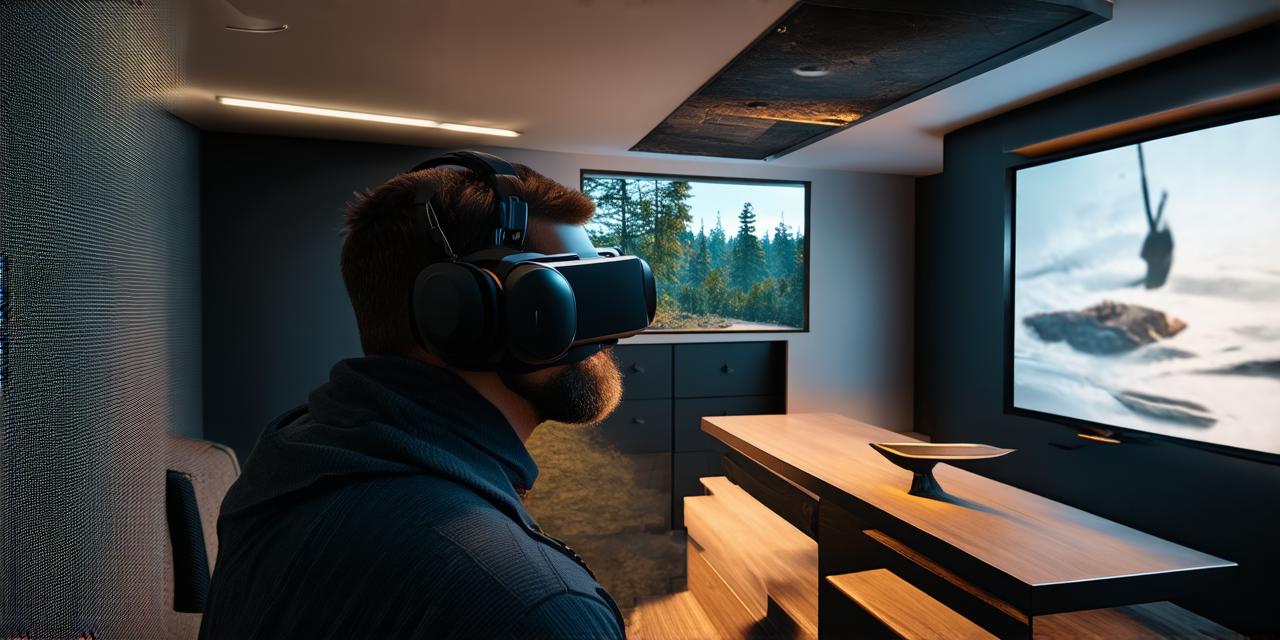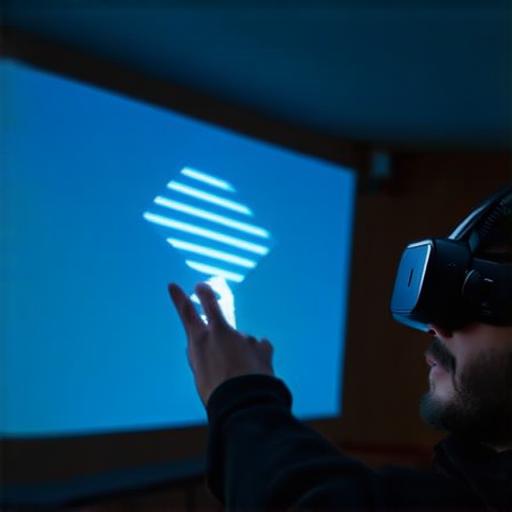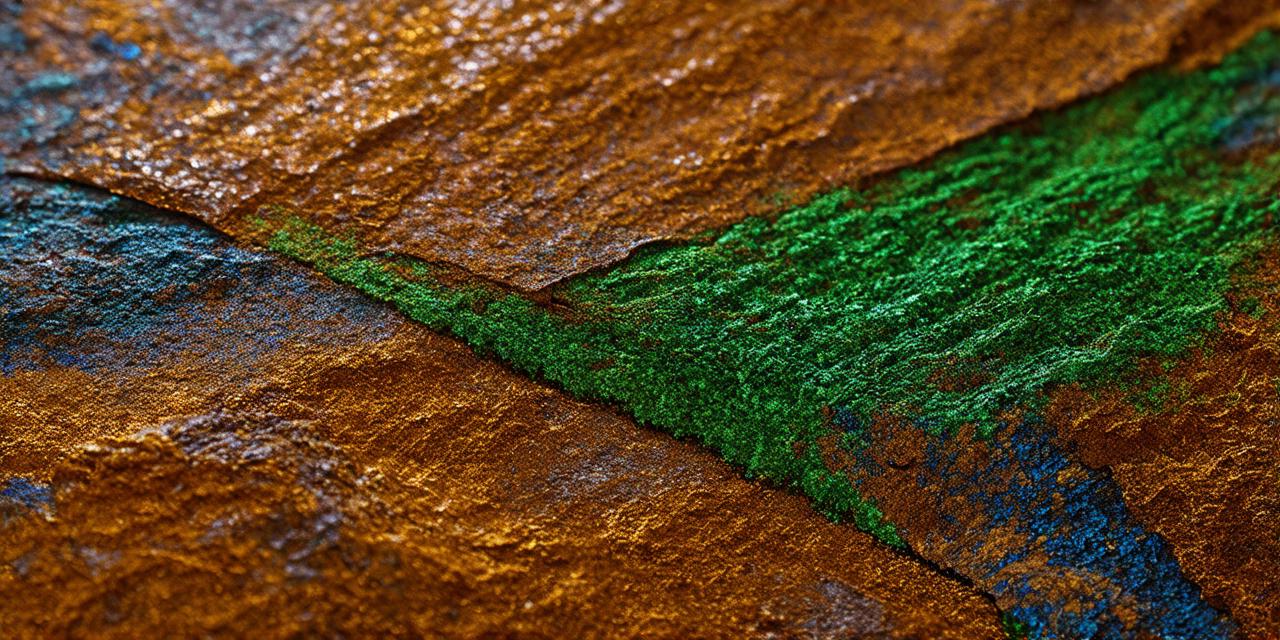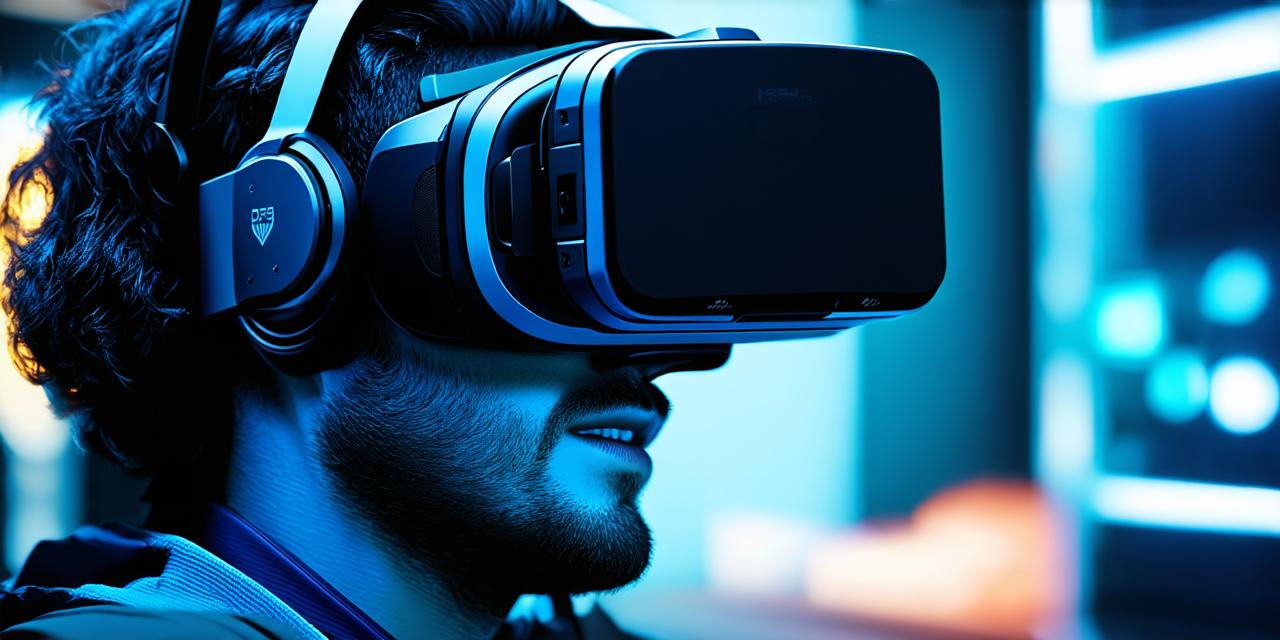
What is an example of virtual reality?
Virtual reality (VR) is a computer-generated simulated environment that allows users to interact with and explore a 3D world as if they were physically present in that world. VR technology involves the use of specialized equipment, such as headsets, sensors, and controllers, that track the movements of the user and translate those movements into the virtual environment.

One example of virtual reality is gaming. Many modern video games now feature a VR mode, allowing players to fully immerse themselves in the game world and interact with it using handheld controllers or specialized motion tracking equipment. This can create a more realistic and engaging gaming experience, as the player feels like they are actually part of the game world.
Virtual reality can also be used for educational purposes. For example, students can take virtual field trips to historical sites, explore the human body in 3D, or even practice flying an airplane. This technology allows students to gain hands-on experience and knowledge in a safe and controlled environment.
Another example of virtual reality is in the fields of architecture and design. Architects and interior designers can use VR technology to create realistic 3D models of their buildings and designs, allowing clients to explore and interact with the designs in a virtual world before they are built in the real world.
Virtual reality has also been used for training and simulation purposes. For example, medical students can practice surgeries in a virtual environment, and military personnel can simulate battle scenarios to prepare for real-world situations.
In conclusion, virtual reality is a powerful technology that allows users to interact with and explore 3D environments in a computer-generated world. There are many different examples of how this technology can be used, from gaming and education to architecture and design, and training and simulation. As VR technology continues to evolve, we can expect to see even more creative and innovative uses of virtual reality in the future.

